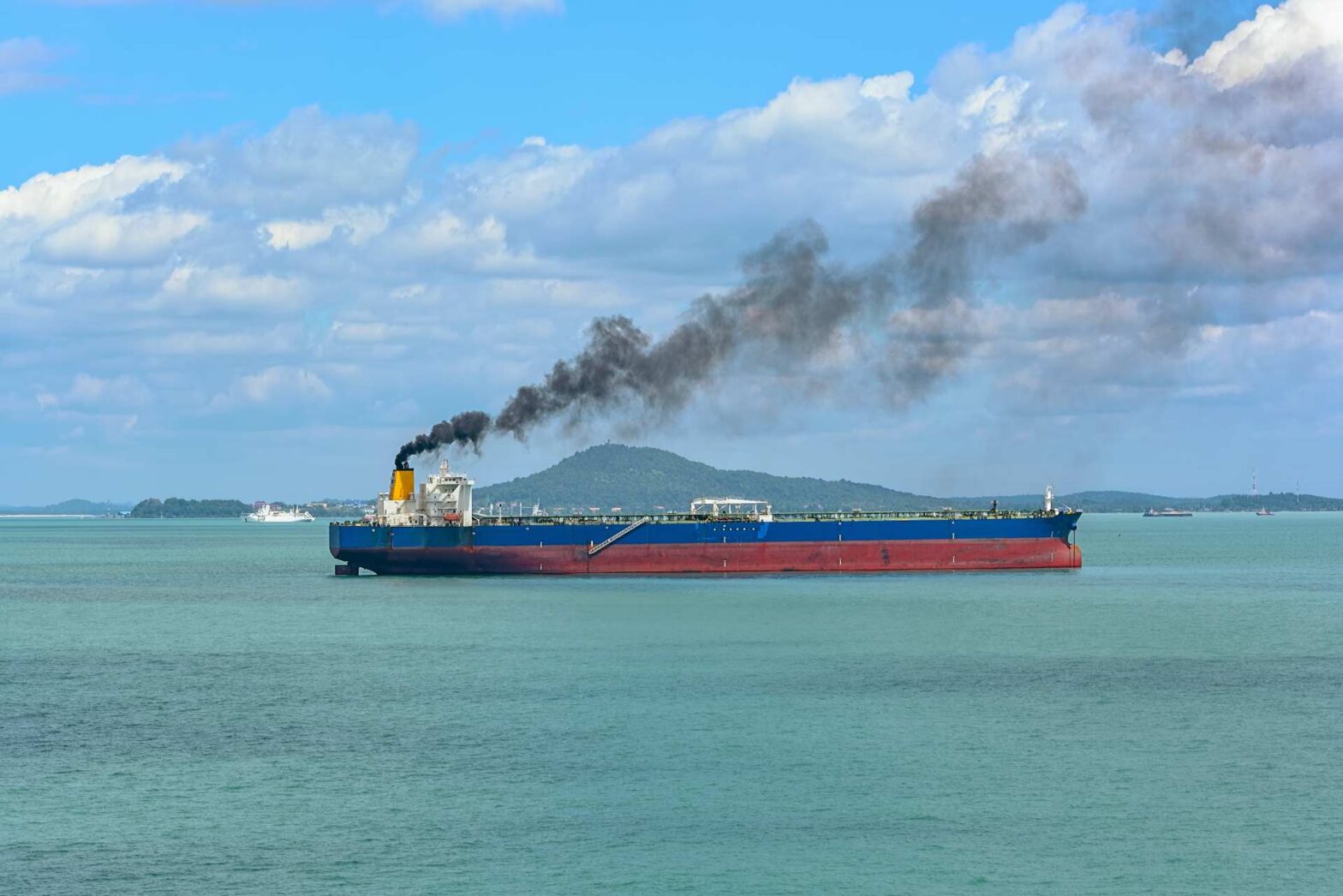Ships sailing in the Med Sea to use low-sulphur fuels or install gas cleaning systems
From 1 January 2025, all ships sailing in the Mediterranean Sea will be obliged to switch to fuels with a maximum sulphur content of 0.1% or install gas cleaning systems to achieve the same objective. The health and environmental benefits will be felt far and wide, and not just on the coast.
OceanCare welcomes the decision of all Contracting Parties of the Barcelona Convention, meeting in Antalya (Turkey) from 7-10 December (COP22), to jointly propose to the International Maritime Organisation (IMO) the establishment of a Mediterranean Sea-wide Sulphur Oxides Emission Control Area (Med SOx ECA).[1]
Indeed, due to the international nature of shipping, it is up to the relevant coastal States to take the initiative under the existing framework of the IMO, through Annex VI of the International Convention for the Prevention of Pollution from Ships (MARPOL).
This proposal for the creation of the Med SOx ECA will immediately be sent to the IMO, a specialised agency of the UN gathering 174 Member States. If approved by the IMO, it will enter into force on 1st January 2025.
This looks like a long delay, but given that the proposal needs to be examined by several IMO sub-entities, formal approval is expected to take at least a year and a half. Moreover, several coastal countries still have to ratify MARPOL Annex VI and that takes some time.
This decision is nevertheless a major step towards protecting the environment and public health. From 1 January 2025, all ships sailing in the Mediterranean Sea will be obliged to switch to fuels with a maximum sulphur content of 0.1% or install gas cleaning systems to achieve the same objective.
COP22 also agreed to encourage the Contracting Parties to start further work exploring the feasibility of a nitrogen oxides (NOx) ECA in the Mediterranean Sea to minimize shipping emissions and achieve significant health and environmental benefits.
The creation of a NOx ECA would also be very important as there is extensive scientific evidence showing that a combined sulphur and nitrogen emission control area would maximise public health benefits. A combined SOx and NOx ECA in the Mediterranean Sea could prevent between 3,100 and 4,100 premature deaths annually by 2030.
Ships still mainly rely on the use of high sulphur fuels (mostly heavy fuel oil) whose combustion, in addition to huge amounts of greenhouse gases (GHGs), emits high levels of these air pollutants which are very dangerous to human health. In the presence of solar radiation, NOx molecules give rise to ground-level ozone, and NOx and SOx molecules can react to form fine particulate matter (PM). When people breathe this polluted air, their health suffers, resulting in lost productivity through increased illness, hospitalisation and even premature death.
Worldwide, 60,000 premature deaths per year are linked to air pollution from ships. In the EU alone, ship-source pollution generates some €60 billion in health costs per year. Emissions of SOx, NOx and PM from shipping are a major threat to human health, the environment and the climate. In the Mediterranean region, ship emissions contribute substantially to environmental emission levels for some 250 million residents.
The World Health Organisation (WHO) warns that annual average levels in the region often exceed its air quality guidelines by more than five times. In addition, around 70% of cities in the countries bordering the Mediterranean are well above WHO recommendations for PM2.5 pollution levels. High ambient concentrations of PM2.5 due to ship emissions correspond well with major shipping routes and directly affect coastal areas, where many of the most densely populated cities in the Mediterranean region are located.
Much of the international maritime traffic between Asian and Middle Eastern countries with Europe and North America takes place along the Mediterranean Sea and the Strait of Gibraltar. In other words, the Mediterranean, being crossed by some of the main commercial shipping routes, currently supports a high level of vessel traffic, the intensity of which is expected to increase by about two and a half times between now and mid-century. From an environmental and public health point of view, this is worrying unless strong measures are taken to reduce the high pollutant emissions from the shipping industry.
The continued success of existing Emission Control Areas in Northern Europe, North American seas and other areas demonstrates that the creation of an ECA in the Mediterranean Sea will also generate significant benefits in improving air quality, not only in shipping lanes and coastal areas but also in port and inland cities.
[1] Decision IG.25/14: Designation of the Mediterranean Sea, as a whole, as an Emission Control Area for Sulphur Oxides (MED SOx ECA) pursuant to MARPOL Annex VI

Map illustrating the four Emission Control Areas under IMO’s framework in effect during the IMO’s 4th GHG study scope 2012-2018. Source: IMO, 2020.

Emission control areas considered in IMO 4th GHG Study (2012-2018) and their respective stringency and defined geography. Source: IMO, 2020.
